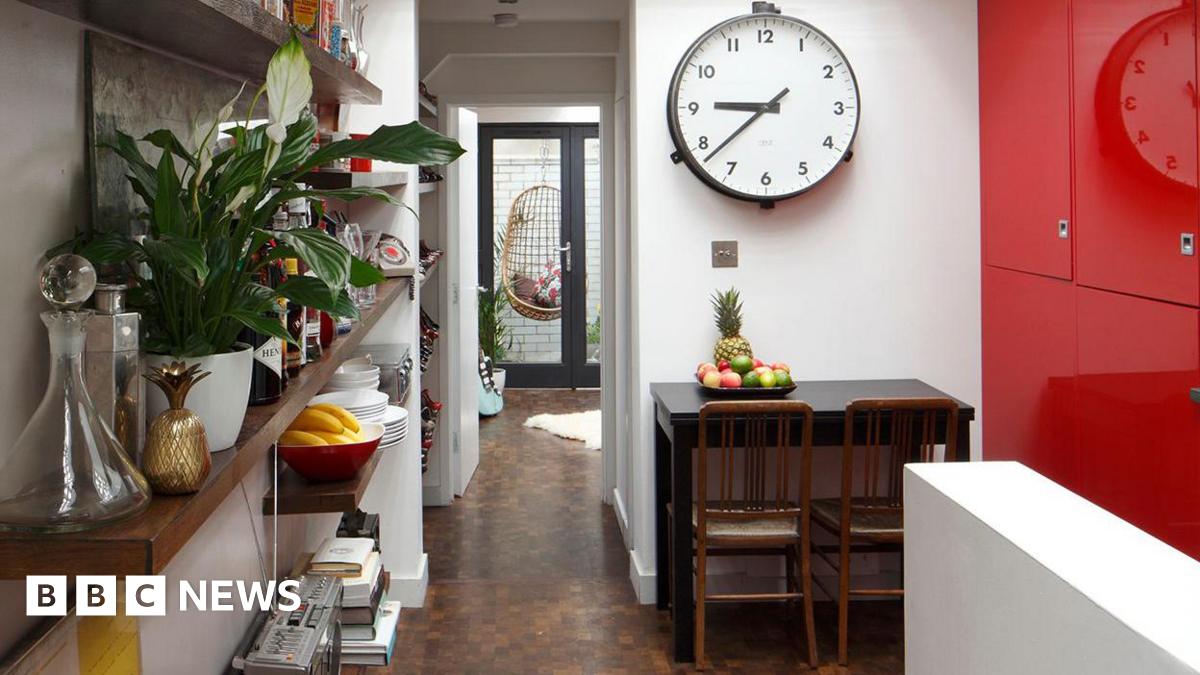Public Toilets: Unusual Homes & Businesses – From Lavatories to Luxury
Public toilets. Not exactly the first thing that springs to mind when you think of prime real estate or thriving businesses. But believe it or not, these often-overlooked structures have a surprisingly diverse history, and in some cases, have even become unusual homes and businesses. Let's delve into the fascinating world of lavatories beyond their primary function.
From Necessary Evil to Architectural Marvels
For centuries, public toilets have been a necessary, if often unsavory, part of urban life. Their design and location have evolved dramatically, from simple outhouses to architecturally significant buildings. Think of the iconic public toilets in Barcelona's Parc Güell, designed by Antoni Gaudí – hardly your average restroom! These structures showcase how even the most utilitarian buildings can become works of art.
- Historical Significance: Many older public toilets hold historical significance, reflecting the social and technological changes of their time. They can offer a glimpse into past sanitation practices and societal attitudes towards hygiene.
- Architectural Styles: From Art Deco gems to minimalist modern designs, public toilets have showcased a wide range of architectural styles, reflecting the prevailing aesthetic trends of their era.
- Location, Location, Location: The strategic placement of public toilets has always been crucial, reflecting urban planning and the needs of the community. Some are tucked away discreetly, while others are prominently featured in public squares and parks.
Public Toilets Reimagined: Unusual Businesses & Homes
While most public toilets serve their intended purpose, some have found a new lease on life, transforming into unexpected ventures:
- Boutique Hotels: In some areas, repurposed public toilets have been converted into quirky and unique boutique hotels, offering a conversation-starting stay. Imagine waking up in a former lavatory, now a stylish and comfortable room!
- Art Galleries & Studios: The often-unusual space and high ceilings of some larger public toilet facilities have proven ideal for showcasing art exhibitions and providing studio space for artists.
- Cafés & Restaurants: A few daring entrepreneurs have even converted public toilets into charming cafes or restaurants, capitalizing on the unique character and unexpected location. It's certainly a conversation starter!
- Residential Conversions (rare but intriguing): In certain locations with relaxed zoning regulations or unique historical circumstances, former public toilets have been surprisingly transformed into unconventional homes.
The Future of Public Toilets: Sustainability & Design
Today, there's a growing focus on sustainable and innovative designs for public toilets. This includes:
- Eco-friendly materials: Using recycled and sustainable materials in construction.
- Water conservation technologies: Implementing low-flow fixtures and waterless urinals to reduce water consumption.
- Accessible designs: Creating inclusive facilities that cater to people with disabilities.
- Smart Toilets: Integrating technology for things like automated cleaning and real-time occupancy monitoring.
Conclusion: More Than Just a Rest Stop
Public toilets are far more than just functional spaces; they are reflections of society, architecture, and innovation. From their historical significance to their surprising repurposing as homes and businesses, these often overlooked structures offer a fascinating look into the evolution of urban life and the boundless creativity of human ingenuity. Their future is likely to be even more innovative and sustainable, ensuring that these essential facilities continue to play a vital role in our communities.
Keywords: Public Toilets, Unusual Homes, Unusual Businesses, Toilet Conversion, Public Restroom, Sustainable Toilets, Toilet Architecture, Lavatories, Sanitation, Urban Planning, Quirky Hotels, Art Galleries, Repurposed Buildings, Eco-friendly Toilets.

